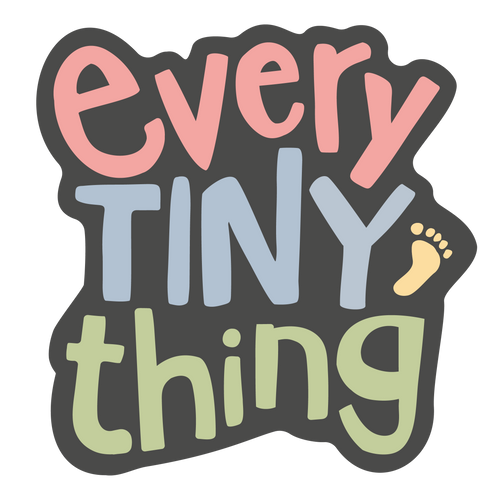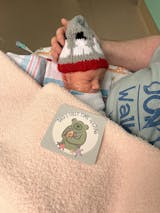Here's an article that was interesting to me, from the journal Pediatrics (2011). It's about having babies sleep on their backs (supine) earlier in their NICU stay, for SIDS prevention after discharge.
Preterm Infants Should Be Placed Supine as Soon as Possible
NICU practice is changing. I want you to understand that nurses do this NOT out of ignorance or neglect, but out of a long history of placing babies on their tummies in the NICU, because they are safely protected by the heart rate & apnea monitors while they are in the NICU. Many times babies digest their milk better on their tummies, or settle better for longer periods of much-needed sleep. I think we've had long-held beliefs that these little ones need extra comfort, and if giving them a little time on their tummies makes them sleep well, then it seems OK. But as new recommendations come out, our practices are changing, and more of you will see your babies on their backs to sleep earlier in their NICU stay, which is a good thing.

My recommendation to you is this:
if your hospital staff are some of those 50% who are not placing your baby supine ("back to sleep") when it seems they should be, mention it to them, ask them why.
Some certainly will have legitimate reasons, not covered by this study, such as head shape considerations, equipment technicalities, feeding tolerance issues, your baby's particular diagnosis, etc.
But if it's just the routine at that NICU and you'd like them to follow the recommendations, request that your baby be placed supine as is recommended by the journal Pediatrics .
And remember this important bit of information - the babies are not at greater risk of SIDS while they are in the NICU, it's after they go home. So even if you see your baby on his tummy while in the NICU, the point is that you still need to place your baby on his back once you get home in order to minimize the SIDS risk.
By the way, if you have time on your hands, the entire article has excellent information on all sorts of sleeping recommendations, although it's a bit heavy & intimidating. If you're already feeling stressed out, read it later when you're ready to think about home sleeping ideas.
You Also Might Like:

A Day in the Life of a NICU Mom

